Introduction
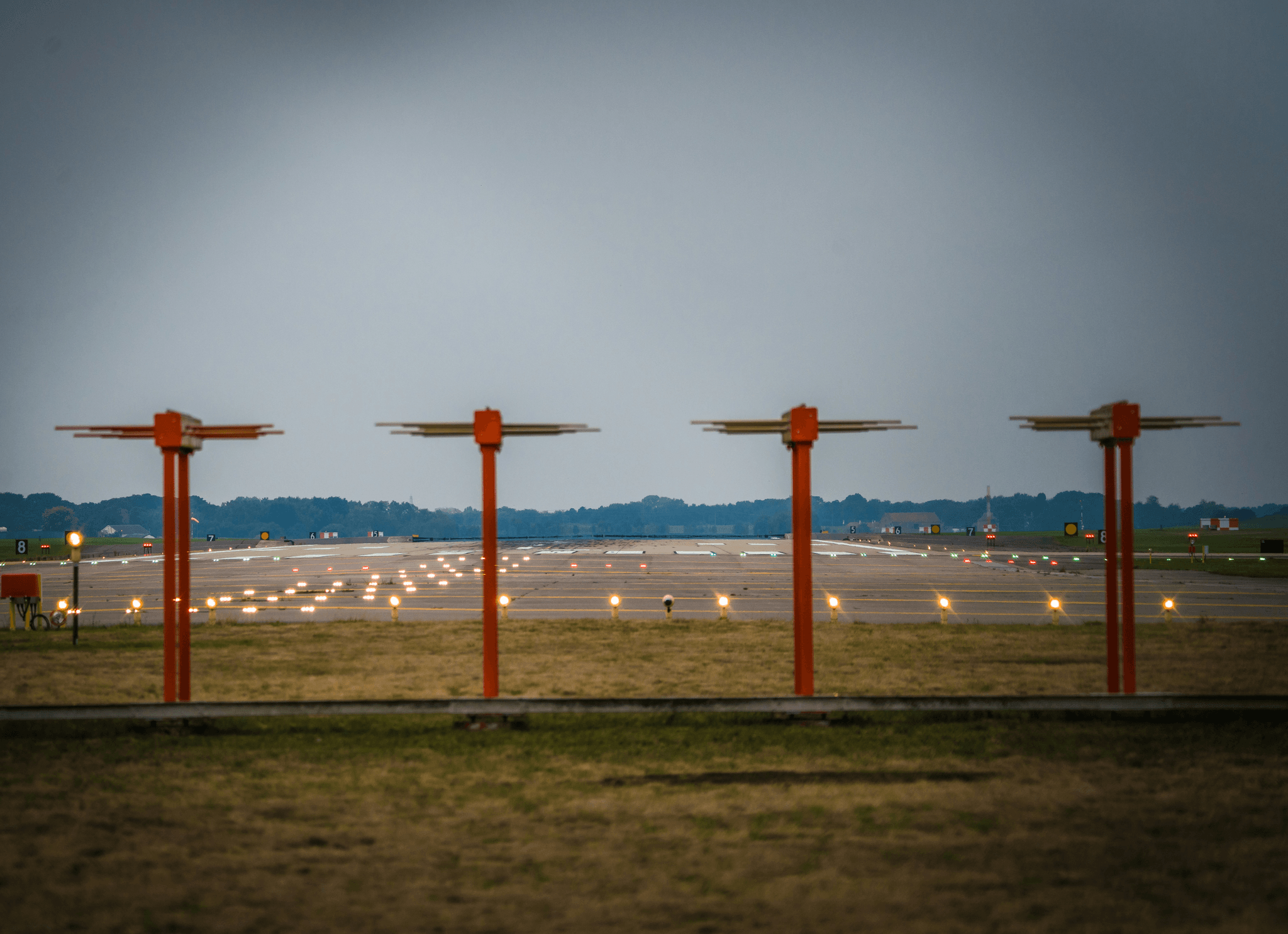
Accurately measuring light intensity is crucial for ensuring the safety and efficiency of runway lighting at airports. The Runway Light Intensity Monitor (RLIM) plays a key role in monitoring and maintaining optimal light levels for airfield operations. This introduction will provide an overview of aviation lighting testing and certification, highlighting the significance of objective measurement of the quality of airport lighting.
Importance of Accurately Measuring Light Intensity for Runway Lighting
Properly measuring light intensity is essential for enabling pilots to safely navigate runways during takeoff and landing. Inadequate lighting can lead to visibility issues, increasing the risk of accidents and delays. By accurately measuring light intensity, airports can ensure that their airfield lighting meets regulatory standards, promoting a secure operational environment.
In addition to promoting a secure operational environment, accurately measuring light intensity also contributes to the overall efficiency of airport operations. With proper lighting, pilots can confidently and swiftly navigate runways, minimizing the time spent on takeoff and landing procedures. This results in improved on-time performance for flights and enhances the overall travel experience for passengers.
Role of Runway Light Intensity Monitor (RLIM) in Airport Lighting
The RLIM serves as a critical tool for monitoring and managing light intensity levels on airport runways. It enables real-time assessment of illumination quality, allowing for prompt adjustments to maintain optimal visibility for pilots. With its ability to provide accurate data on light intensity, the RLIM contributes to enhancing overall safety and efficiency in airfield operations.
Furthermore, the RLIM plays a crucial role in ensuring compliance with aviation lighting regulations and standards. By continuously monitoring light intensity levels, it helps airport authorities to meet the requirements set forth by regulatory bodies such as the Federal Aviation Administration (FAA) and the International Civil Aviation Organization (ICAO). This proactive approach not only enhances safety but also minimizes the risk of non-compliance penalties, thereby contributing to cost savings for airport operators.
Overview of Aviation Lighting Testing and Certification
Aviation lighting testing and certification processes are designed to uphold stringent standards for airfield lighting systems. These procedures ensure that objective measurements are conducted to evaluate the quality and performance of airport lighting installations. By adhering to these measures, airports can guarantee that their facilities meet the necessary criteria for safe and effective operation.
By adhering to these measures, airports can guarantee that their facilities meet the necessary criteria for safe and effective operation. This includes ensuring that runway lighting is in compliance with regulations and standards set forth by aviation authorities. Runway lighting plays a crucial role in guiding pilots during takeoff, landing, and taxiing, so it is essential that these systems are thoroughly tested and certified to ensure optimal visibility and performance in all weather conditions.
Understanding Runway Lighting
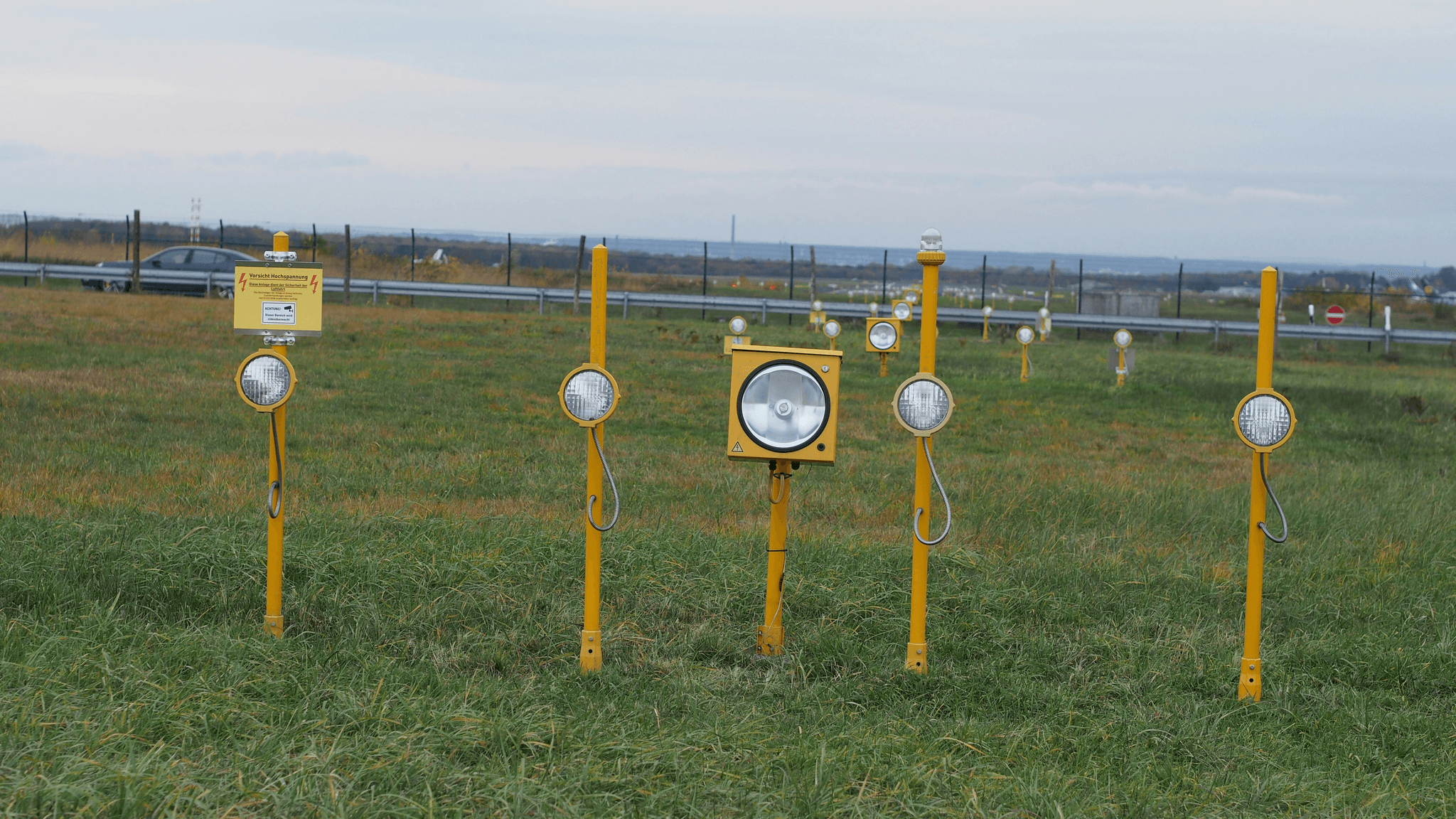
Airfield lighting is a critical component of airport operations, encompassing various elements such as runway edge lights, taxiway lights, and approach lighting systems. These elements work together to ensure the safe and efficient movement of aircraft during takeoff, landing, and taxiing.
Objective measurement of the quality of airport lighting is essential for maintaining safety standards and operational efficiency. Accurately measuring light intensity allows airports to identify any deficiencies in their lighting systems and make necessary adjustments to ensure compliance with regulatory requirements.
The integration of Haisen's TQ-R series low-altitude detection radar in aviation lighting represents a significant advancement in enhancing the safety and effectiveness of airfield lighting. This radar system provides real-time monitoring of low-altitude airspace, enabling airports to proactively manage potential hazards and improve overall airfield safety.
Measuring Light Intensity
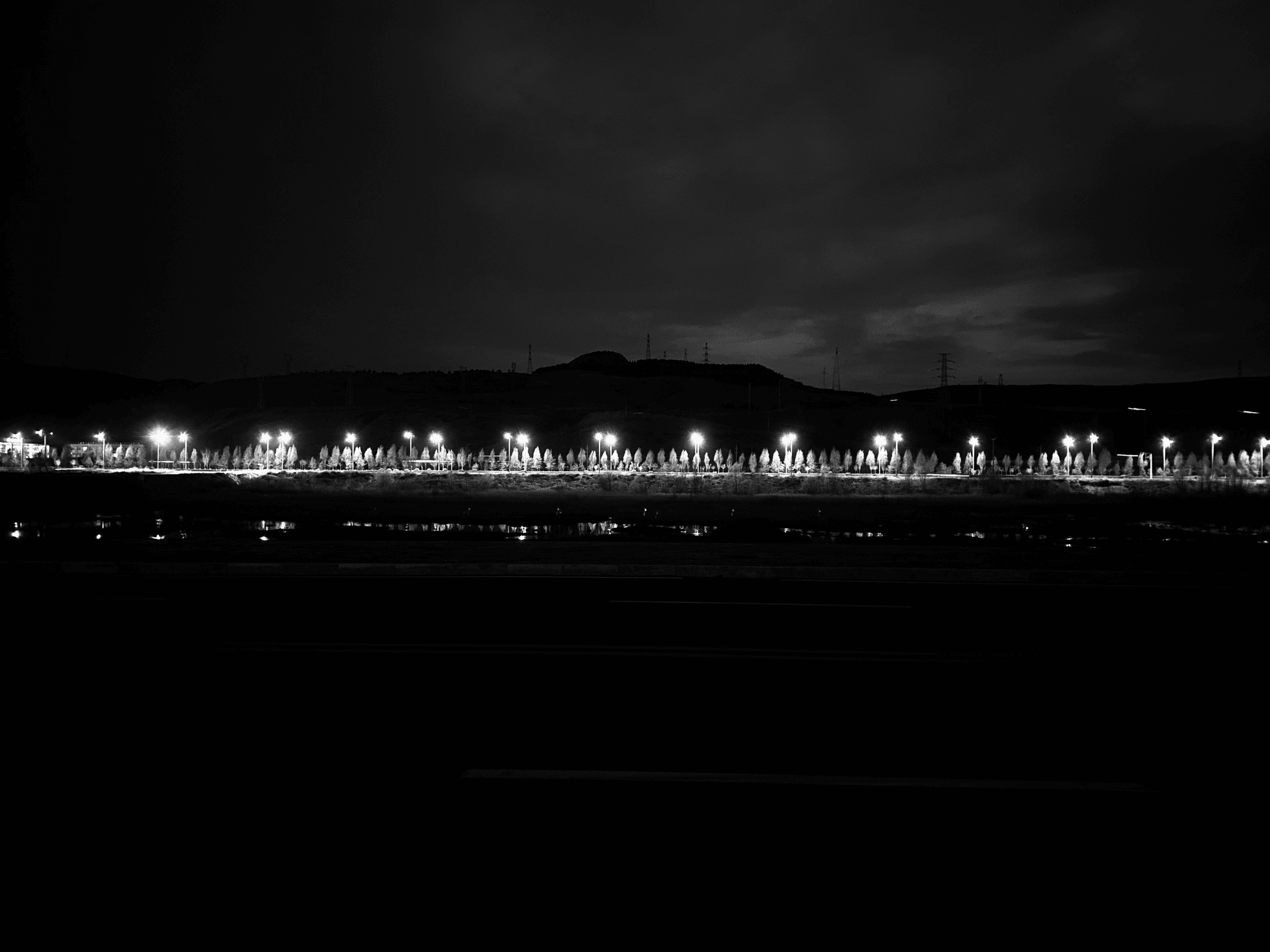
When it comes to measuring light intensity in airport lighting, there are various techniques that can be employed. These include the use of photometers, spectroradiometers, and lux meters, which are all essential tools for accurately assessing the brightness of runway lights. By utilizing these measurement techniques, airports can ensure that their lighting systems meet the necessary standards for safe and efficient operations.
Techniques for Measuring Light Intensity
Photometers are commonly used to measure light intensity in airport lighting systems. These devices provide a simple and effective way to quantify the luminous flux emitted by runway lights, allowing airport authorities to assess whether the intensity meets regulatory requirements. Additionally, spectroradiometers can be used to measure the spectral distribution of light emitted by different types of aviation lighting fixtures, providing valuable insights into the quality of the illumination provided.
Furthermore, the use of full-band spectrum detection in airport lighting systems can provide even more detailed information about the quality of the light emitted. By analyzing the entire spectrum of light, airport authorities can gain a better understanding of how different colors and wavelengths contribute to overall visibility and safety for pilots during takeoff and landing. This comprehensive approach to measuring light intensity allows for a more thorough assessment of aviation lighting systems, ultimately leading to improved performance and compliance with industry standards.
Benefits of Full-band Spectrum Detection in Airport Lighting
Full-band spectrum detection offers numerous benefits when it comes to assessing airport lighting systems. By capturing a broad range of wavelengths across the electromagnetic spectrum, this approach allows for a comprehensive analysis of the light emitted by runway fixtures. This level of detail is crucial for ensuring that airfield lighting meets stringent quality standards and provides optimal visibility for pilots during takeoff and landing procedures.
Role of Frequency Band Spectrum Detection Equipment in Runway Lighting
Frequency band spectrum detection equipment plays a vital role in runway lighting by enabling airports to monitor and analyze the frequency components present in their aviation lighting systems. By identifying any irregularities or inconsistencies in the frequency bands associated with runway lights, airports can take proactive measures to maintain optimal light intensity levels and ensure compliance with industry regulations.
By utilizing frequency band spectrum detection equipment, airports can also identify potential issues with their runway lighting systems before they escalate into larger problems. This proactive approach allows for timely maintenance and repairs, minimizing the risk of unexpected outages or malfunctions that could disrupt air traffic flow. Additionally, the ability to monitor frequency components helps airports to optimize energy usage and reduce operational costs associated with runway lighting.
Runway Light Intensity Monitor (RLIM)

The Runway Light Intensity Monitor (RLIM) is a crucial tool in airport lighting, designed to accurately measure light intensity and ensure the safety of airfield operations. RLIM features advanced technology that allows for precise monitoring of runway lighting, providing essential data for maintaining optimal airfield lighting conditions. With its ability to objectively measure the quality of airport lighting, RLIM plays a significant role in enhancing aviation safety and efficiency.
Features and Functions of RLIM
Equipped with state-of-the-art sensors, RLIM can effectively measure light intensity across different areas of the runway, providing real-time data on the brightness and visibility of airfield lighting. This allows airport authorities to promptly identify any inconsistencies or deficiencies in light intensity, enabling them to take immediate corrective actions to maintain safe operating conditions for aircraft.
Moreover, RLIM's advanced sensors can also detect any potential obstructions or foreign objects on the runway, alerting airport authorities to take immediate action to remove these hazards and ensure a safe landing and takeoff for aircraft. This proactive approach to runway safety helps prevent accidents and delays, ultimately contributing to the overall efficiency of airport operations.
Role of Directional Countermeasure Equipment in Airport Lighting
In addition to measuring light intensity, RLIM also plays a critical role in coordinating directional countermeasure equipment as part of airport lighting systems. By accurately gauging the brightness and uniformity of runway lights, RLIM facilitates the effective deployment of directional countermeasures to mitigate potential hazards such as glare or poor visibility for pilots during takeoff and landing.
In addition to measuring light intensity, RLIM also plays a critical role in coordinating directional countermeasure equipment as part of airport lighting systems. By accurately gauging the brightness and uniformity of runway lights, RLIM facilitates the effective deployment of directional countermeasures to mitigate potential hazards such as glare or poor visibility for pilots during takeoff and landing. This ensures that pilots have clear visibility and can navigate the runway safely, reducing the risk of accidents and improving overall airport safety. Additionally, by integrating directional countermeasure equipment with RLIM data, airports can optimize their lighting systems to meet specific environmental conditions and enhance operational efficiency.
Importance of Omni-directional Countermeasure Equipment in Runway Lighting
Moreover, RLIM's capability to assess light intensity is instrumental in ensuring the proper functioning of omni-directional countermeasure equipment at airports. By continuously monitoring the brightness levels and distribution patterns of airfield lighting, RLIM enables airports to implement comprehensive measures that enhance visibility for pilots from all angles, contributing to safer landings and departures.
Furthermore, the integration of omni-directional countermeasure equipment with RLIM also allows airports to proactively identify and address potential issues with airfield lighting before they become safety hazards. By analyzing data on light intensity and distribution, airport operators can make informed decisions about maintenance and upgrades to ensure that all areas of the runway are adequately illuminated. This proactive approach not only enhances safety for pilots and passengers but also helps airports avoid costly disruptions to operations due to unexpected lighting failures.
By leveraging the features and functions of RLIM alongside directional and omni-directional countermeasure equipment, airports can uphold high standards for airfield lighting while prioritizing aviation safety and operational efficiency.
Certification and Compliance
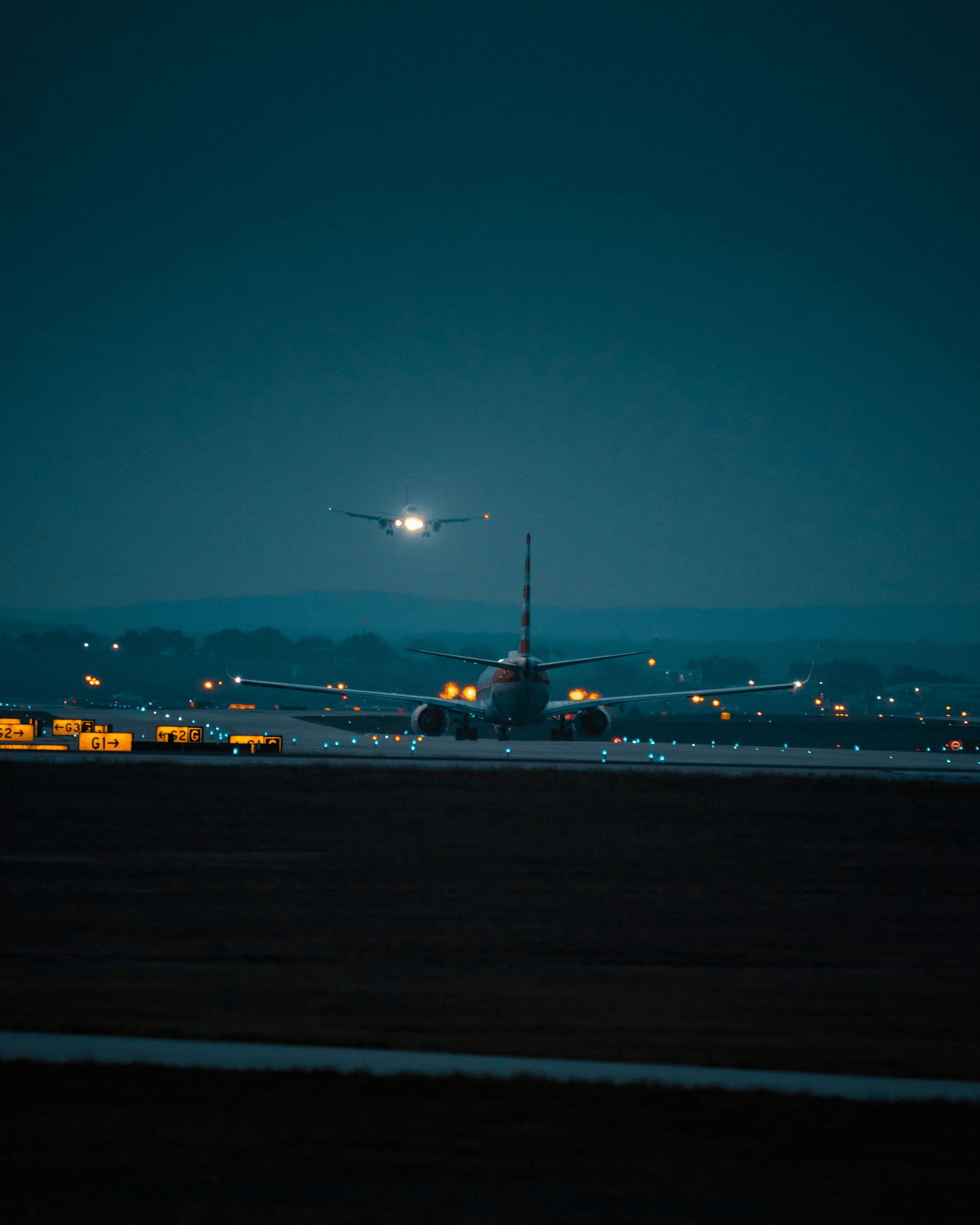
Standards for Airfield Lighting
In the field of airport lighting, it is crucial to adhere to stringent standards to ensure the safety and efficiency of airfield operations. The standards for airfield lighting encompass various aspects such as light intensity, color, and placement to provide clear guidance for pilots during takeoff and landing. These standards are set by regulatory bodies and aviation authorities to maintain uniformity and consistency across different airports.
Adhering to these standards is essential for ensuring the safety of aircraft and passengers. Light intensity, for example, must be carefully measured to provide optimal visibility for pilots during all weather conditions. This ensures that pilots can clearly see runways, taxiways, and other crucial areas of the airfield, reducing the risk of accidents or runway incursions.
Regulatory Requirements for Light Intensity Measurement
Regulatory requirements for light intensity measurement in airport lighting are essential for maintaining the quality and effectiveness of runway lighting systems. These requirements dictate the use of accurate and reliable measurement techniques, such as the Runway Light Intensity Monitor (RLIM), to ensure that light intensity levels meet specified criteria. Compliance with these regulations is crucial for upholding safety standards and operational efficiency in aviation.
In addition to ensuring compliance with light intensity regulations, airport authorities must also consider the integration of vehicle-mounted UAV countermeasure systems in airport lighting. These systems are designed to detect and neutralize unauthorized drones that may pose a threat to aircraft operations. By incorporating these advanced technologies into runway lighting systems, airports can further enhance safety and security measures, mitigating potential risks associated with drone interference.
Integration of Vehicle-Mounted UAV Countermeasure System in Airport Lighting
As advancements in technology continue to reshape the aviation landscape, there is a growing need to address emerging challenges such as unauthorized drone activity near airports. The integration of a vehicle-mounted UAV countermeasure system within airport lighting infrastructure presents a proactive approach to safeguarding airspace from potential threats. This integration aligns with the objective measurement of the quality of airport lighting by enhancing security measures against external disruptions.
Furthermore, the integration of a vehicle-mounted UAV countermeasure system within airport lighting infrastructure not only enhances security measures but also streamlines operational efficiency. By leveraging advanced technologies to detect and neutralize unauthorized drone activity, airports can minimize disruptions and maintain smooth airfield operations. This proactive approach not only mitigates potential risks but also demonstrates a commitment to staying ahead of evolving security challenges in the aviation industry.
By incorporating comprehensive measures that encompass standards compliance, regulatory requirements, and innovative countermeasure systems, the aviation industry can uphold the highest levels of safety and operational excellence in airfield lighting practices.
Conclusion
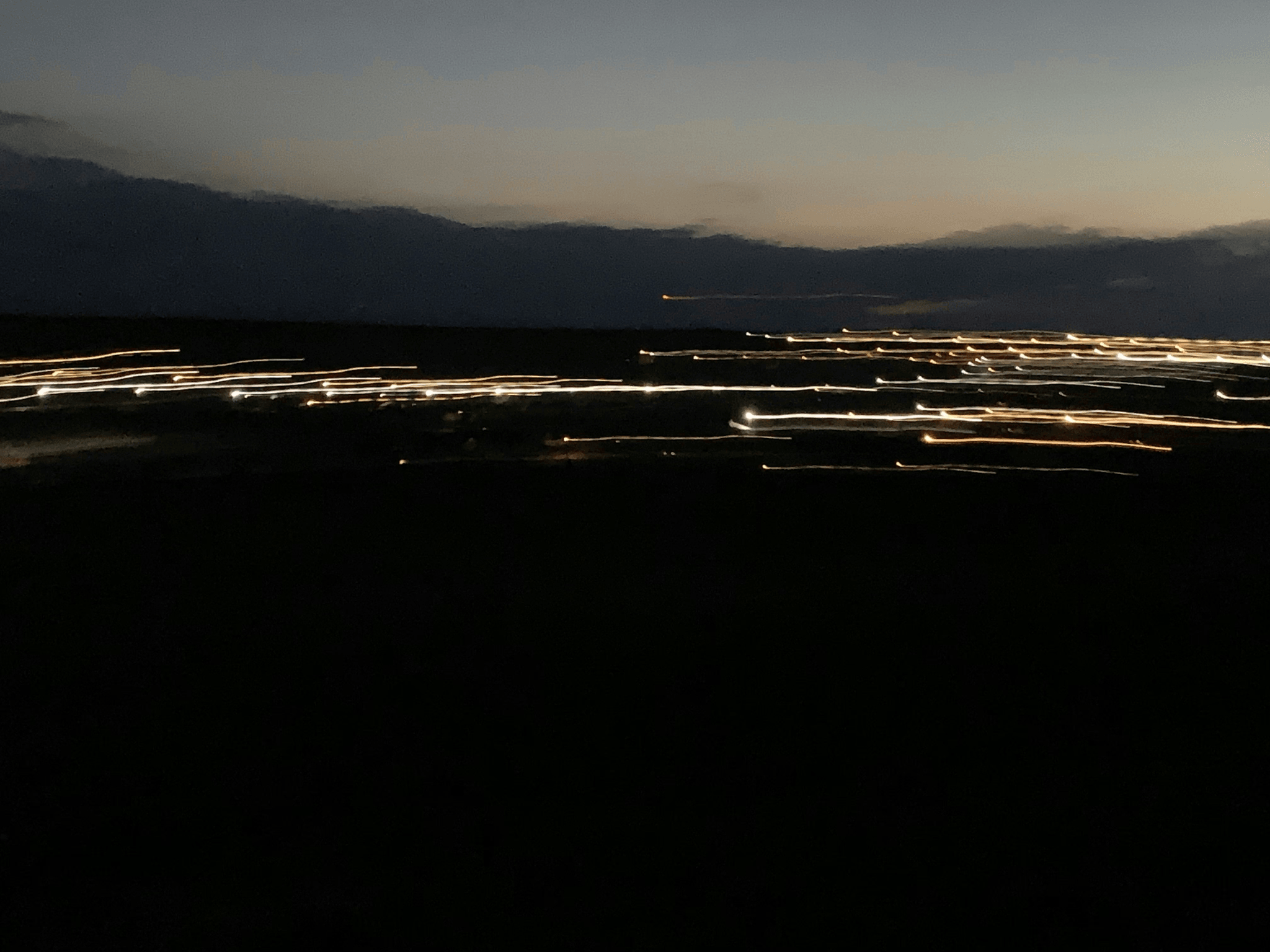
Ensuring Safety and Efficiency in Airfield Lighting
Light intensity measurement is crucial for ensuring the safety and efficiency of airport operations. The use of RLIM and other advanced technologies in airfield lighting allows for accurate and objective measurement of light quality, ensuring that runways are well-lit for safe landings and take-offs.
Future of Light Intensity Measurement in Aviation
The future of light intensity measurement in aviation looks promising, with advancements in technology leading to more precise and reliable methods of measuring airport lighting. As airports continue to prioritize safety and efficiency, the demand for innovative solutions to measure light intensity will only grow.
Advancements in Airport Lighting Technology
The integration of modern technologies such as Haisen's TQ-R series low-altitude detection radar and frequency band spectrum detection equipment has revolutionized airport lighting. These advancements have not only improved the accuracy of light intensity measurement but also enhanced overall airfield safety.
With a focus on accurate measurement techniques and cutting-edge equipment like RLIM, airports can ensure that their lighting systems meet regulatory standards while providing a safe environment for aircraft operations. As technology continues to evolve, we can expect even more sophisticated solutions to further enhance airfield lighting.
Overall, the future of airport lighting is bright, with ongoing advancements paving the way for safer and more efficient operations. By embracing innovative technologies and prioritizing objective measurements of light intensity, airports can continue to elevate their standards and ensure optimal conditions for pilots and passengers alike.
